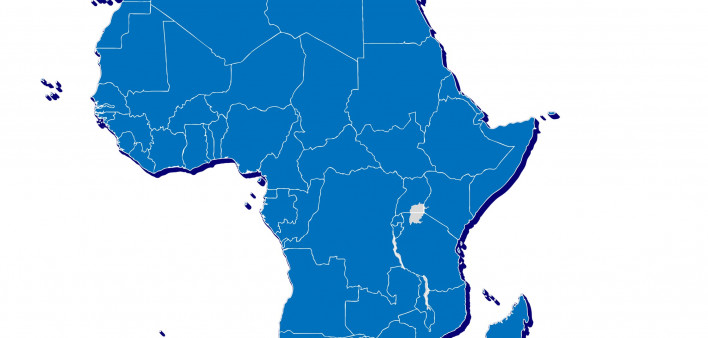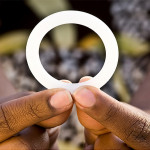Many of the 41 nations in sub-Saharan Africa appear likely to achieve the ambitious 90-90-90 targets of the Joint United Nations Programme on HIV/AIDS (UNAIDS) by 2020, aidsmap reports.
In 2014, UNAIDS called on nations to get 90 percent of their HIV populations diagnosed, 90 percent of that group on antiretrovirals (ARVs) and 90 percent of that group virally suppressed by 2020. This would yield an overall treatment rate of 81 percent and a viral suppression rate of 73 percent.
Publishing their findings in Tropical Medicine and International Health, researchers use a mathematical model to predict the number of people with HIV who would need to begin ARVs annually between 2017 and 2020 in order to hit the 81 percent treatment target by the latter year. They relied on country-specific figures on the numbers of people living with the virus, diagnosed HIV-positive and treated with ARVs.
Overall, an estimated 2.9 million people started ARVs in sub-Saharan Africa in 2017. Should a minimum of 2.2 million to 2.7 million additional people start ARVs in each subsequent year, the region will achieve an overall treatment rate of 81 percent among its HIV population.
Nineteen of the nations are on the path to hit the first two of the 90-90-90 targets by 2020, so long as they maintain their annual rate of ARV initiations at 2017 levels or above. Seven nations would need to moderately scale up their annual ARV initiation rate from its 2017 level. And in 15 nations, mostly in West and Central Africa, considerable increases in ARV initiation rates are needed, including a greater than 10-fold increase in Liberia, Madagascar, Mauritania and South Sudan, to hit the first two targets by 2020.
To read the aidsmap article, click here.
To read the study abstract, click here.







Comments
Comments